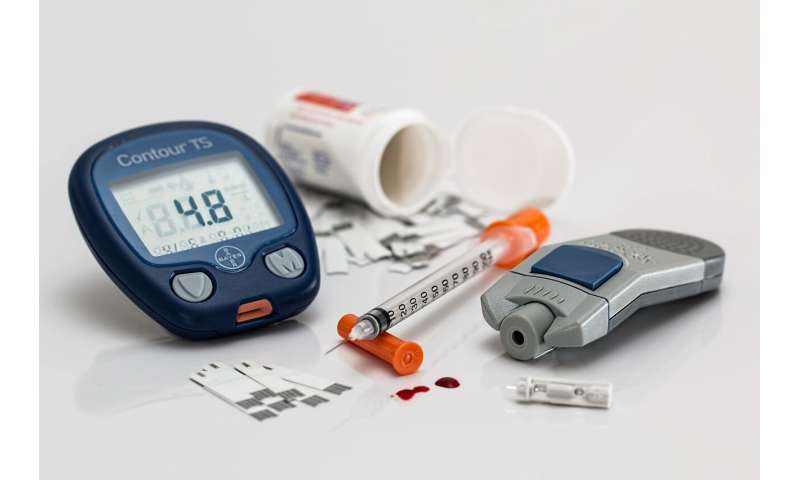
A world-first Otago study has revealed flash glucose monitors help youth with type 1 diabetes better monitor their blood sugar levels, however it does not improve glucose control.
A team of researchers co-led by Associate Professor Ben Wheeler and Dr. Sara Boucher from the University of Otago’s Department of Women and Children’s Health conducted a six-month trial among adolescents aged 13-20 years with a history of suboptimal glycaemic control.”For the first time we have run a large trial in this population of people, with potentially the most to gain from new diabetes therapies, but usually excluded from diabetes research,” says Associate Professor Wheeler.
Flash glucose monitoring, which was introduced in New Zealand in 2017, allows people to wear a small sensor just under the skin on their upper arm (replaced every 14 days) and use a separate handheld device to scan the sensor.
When the reader is held close to the sensor, the sensors sends a current glucose level, and both an eight-hour retrospective glucose level graph and a predictions of glucose level increases or decreases.
The research team compared monitoring results of 64 study participants divided into two groups—one group used flash glucose monitoring, and the other used finger-prick monitoring.
Encouragingly, Associate Professor Wheeler says study participants who were given the flash glucose monitors more than doubled their glucose level monitoring frequency.
At the start of the study period, both groups, on average, were checking their levels less than twice per day, which is below the recommended minimum four checks per day.
After six months, those using flash monitors were checking their levels, on average, 3.8 times per day, including scanning and finger pricking as needed, whereas the control group was checking their glucose levels, on average, 1.4 times per day
Surprisingly, researchers discovered the group using the flash monitoring technology had not improved their glucose control and quality of life significantly more than the control group after six months.
Despite the improved glucose-checking technology, and overwhelmingly positive participant and family experiences, improving psychosocial outcomes will require more intensive methods, Associate Professor Wheeler says.”What we have also shown, is to translate these positive aspects into healthier diabetes, we need something more—either more support, or more automated technology that helps give insulin as well as just monitor.”
Dr. Sara Boucher says youth traditionally have the least healthy glucose control.
“To date, we are struggling to find options to help improve this.
“The aim of this study was to see if using flash glucose monitors as a replacement for blood glucose monitoring would help youth with type 1 diabetes and unhealthy diabetes achieve healthier diabetes control over a six-month period.”
Source: Read Full Article